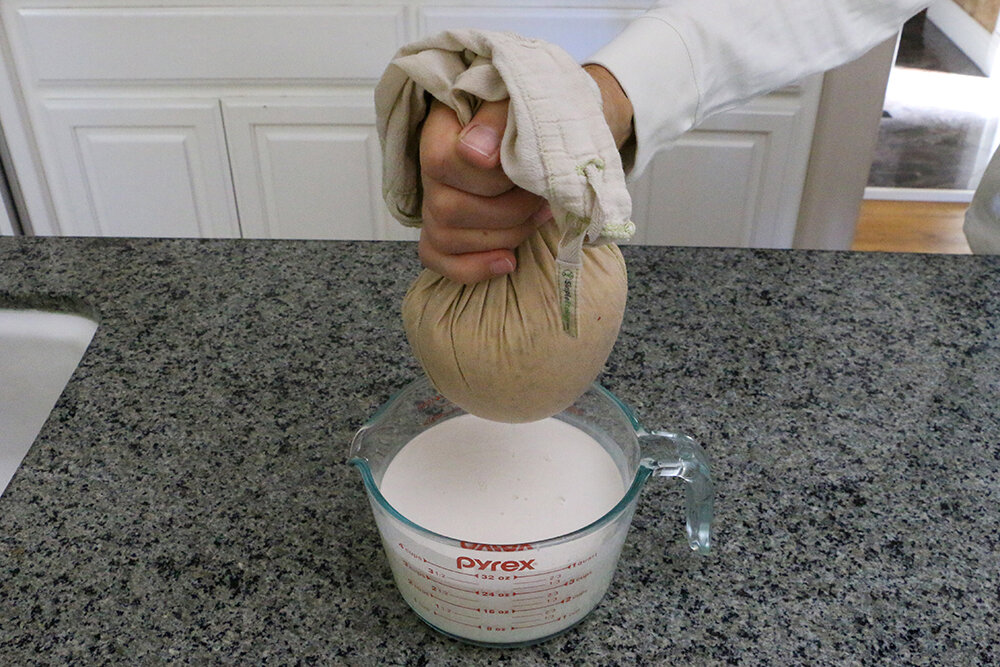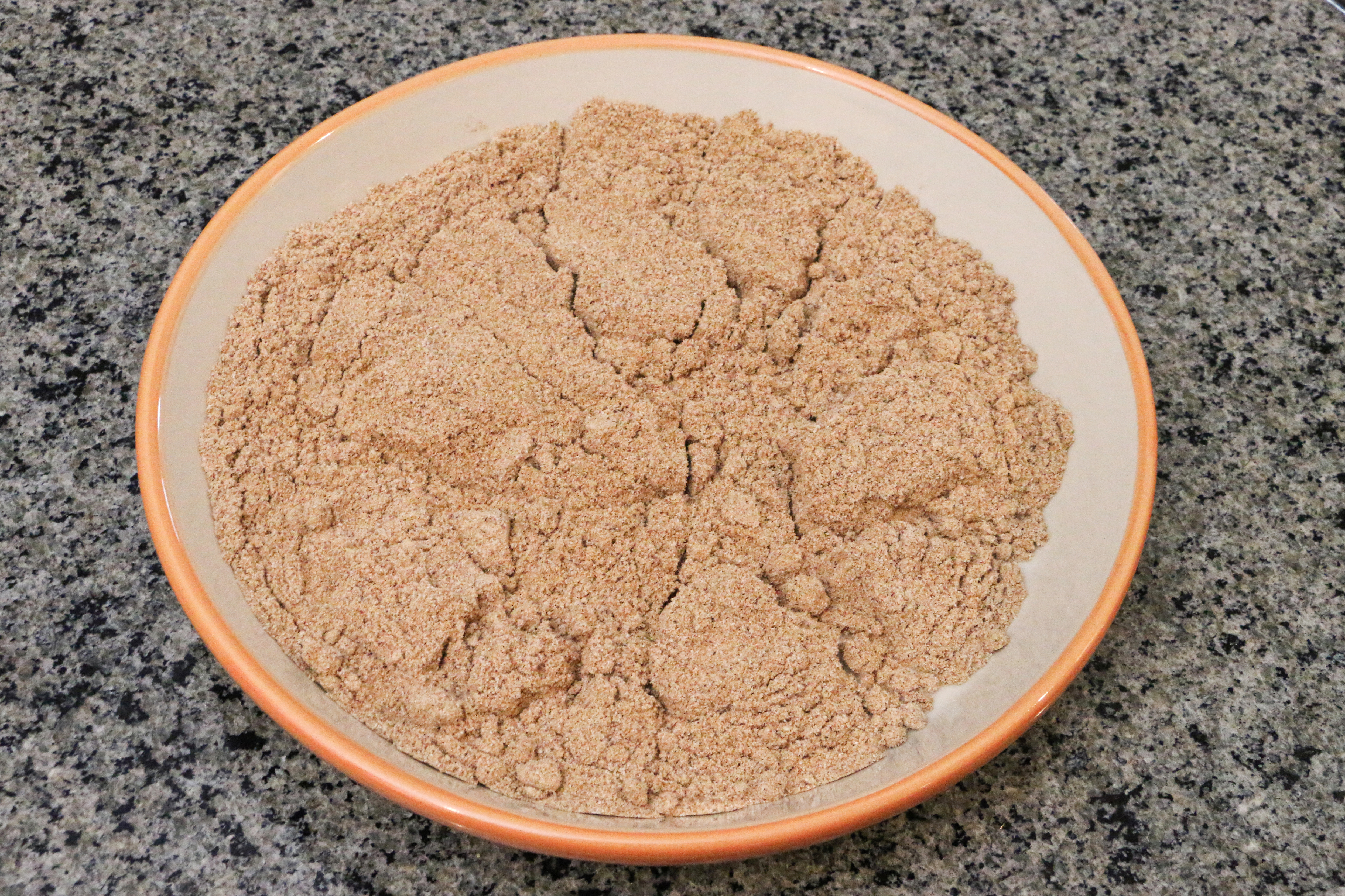Zero Waste Almond Flour
This recipe pairs with our Zero Waste Almond Milk to show you how you can get the most out of your almonds! Don’t just throw your leftover grounds into the compost, get into the reusing & repurposing spirit to turn them into Almond Flour. It’s incredibly easy and can actually save you money! Try it out in some delicious recipes, like our Gluten-Free Pumpkin Muffins or Fluffy Homemade Cornbread.
Zero Waste Almond Milk’s Environmental Benefits
By buying almonds in bulk with Reusable Bulk Bin Bags instead of prepackaged in plastic, this recipe can be made completely ZERO WASTE
The meat and dairy industries are hugely contributing to the amount of greenhouse gasses going into the atmosphere, switching to non-dairy or vegan options can help combat this impact
Almond flour and other gluten free flours can be quite expensive, a great way to cut this cost is to use the leftover almond pulp from almond milk, so nothing goes to waste
Zero Waste Almond Flour
Drying time: 2 - 3 hours
Work time: 15 minutesMakes 1 Cup
Ingredients:
- 1 cup Almond Pulp (the leftover almond grounds from making Almond Milk)
Instructions:
1. DRY: Preheat the oven to 250 F. Place the used almond pulp on a baking dish and spread the pulp around the dish, breaking up any large clumps into small pieces. Place the baking dish into the oven, and allow the pulp to dry out completely, about 2 ½ hours. Flip the drying almond pulp around in the dish every 20 minutes to ensure even and thorough drying.
2. GRIND: Once the almond pulp is completely dried and cooled, place it into a food processor and blend until it’s ground. Take these grounds and place a few spoonful at a time into a coffee grinder, and grinding again until finely ground (if you have a high powered food processor, you may not need to complete this second grind).
3. SIFT: Using a fine mesh strainer or sieve, sift the finely ground almonds into a bowl, being patient and taking your time to ensure that you get the most almond flour possible. Anything that does not make it through the sieve can be reground and sifted, or placed into the compost. Once all the almond flour is sifted through, place it into an airtight container and store it in the freezer to preserve freshness.
Notes:
Baking with Almond Flour- Using almond flour in recipes can be a bit tricky, especially if substituting it in for regular wheat flour. Be sure to take the almond flour out of the freezer in advance, to get it to room temperature before starting, as this can affect the final product. If substituting in almond flour, try using ½ almond flour and ½ regular flour in a recipe at first, to see how it affects the texture and structural integrity of the final product. Oven Temperature- The almond pulp can be dried at a higher oven temperature for a shorter period of time, be sure to stir it more frequently so that nothing toasts too much. This is extremely convenient and easy to do while baking other goods in the oven, just be sure to watch it carefully. Multiple Batches at Once- This process can be a bit time consuming, especially if you make almond milk on a weekly basis. To save time, you can store the moist almond pulp in the fridge for a few days and dry two batches at once, and even save multiple batches of the thoroughly dried pulp to grind and sift them all at once.

Did you make this recipe?
We love to see your pictures!
Tag @simple_ecology and hashtag it #simpleecology
© Simple Ecology









